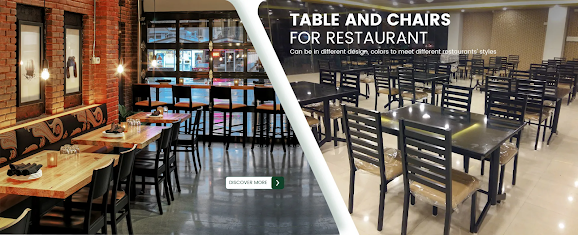How far apart should I space my restaurant tables?
When designing or refurbishing a café or restaurant fitout, the floor plan and table layout requires special attention.
There is a fine line between maximizing floor space efficiency and jamming in as many tables as possible. Considerations like atmosphere, kitchen capacity and most importantly access for customers and staff all come into play.
We’ve researched and summarized recommendations around the minimum spacing requirements between tables for restaurants and cafes to help you answer this question.
So, how far apart should I space my restaurant tables? The ideal spacing between restaurant tables is 900mm for service corridors and 400-450mm for between table service and clearing.
Service Corridors
Customers and staff need clearly defined routes for circulation for which we recommend the minimum spacing of 900mm. Where trolleys are used for services, or in self-service venues where more than one person would be walking the aisle at a time, this should be increased.
Between Table Service
Once your service corridors are established, tables can be placed closer together off these aisles, with a recommended minimum spacing of 400mm. This space should be calculated between the edge of the table tops plus a 450mm allowance for a seated diner.
Examples: Edge of table top > 450 chair allowance > 400 gap > 450 chair allowance > next table top.
This will allow sufficient space for customers to pull out their chairs and for wait staff to tend to each customer. Where chairs have their backs to a wall, a minimum clearance of 200mm is recommended from wall to back of seated chair.

Summary of table spacing considerations:
Table to back of chair – seated: 450mm
Table to back of chair – sitting: 550mm
Table to back of chair – getting up: 750mm
Wall to back of chair – seated: 200mm
Service corridor table service: 900mm
Service corridor self service: 1050 – 1350mm

We recommend using these guides as a minimum. An existing blank floor plan with dimensions will be a good place to start, and then you will need to know what size table top you want your customers to dine at. This is often influenced by what style of venue you are creating, for example more generous tops for fine dining, more compact for quick eats. Once you have these details you can apply the above minimum guidelines and adjust to suit the space.
References:
Adler, D. (Ed.). (1999). Metric Handbook Planning and Design Data (2nd ed.). Oxford, England: Architectural Press.

评论
发表评论